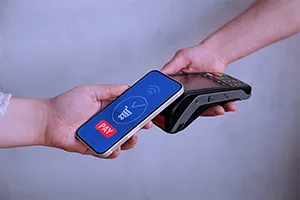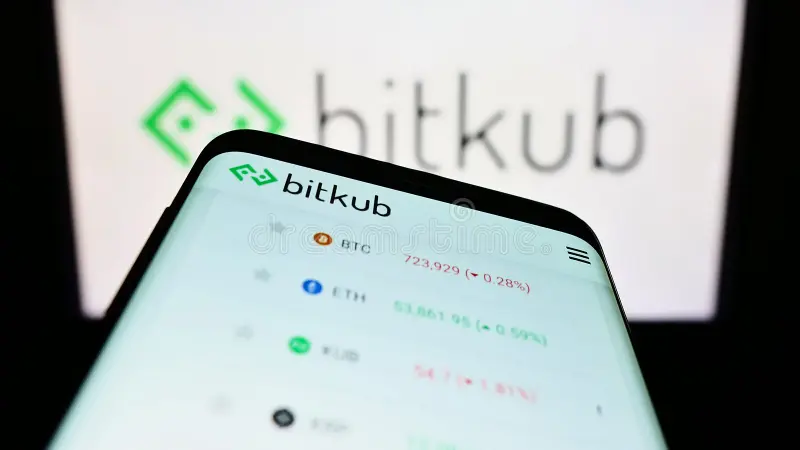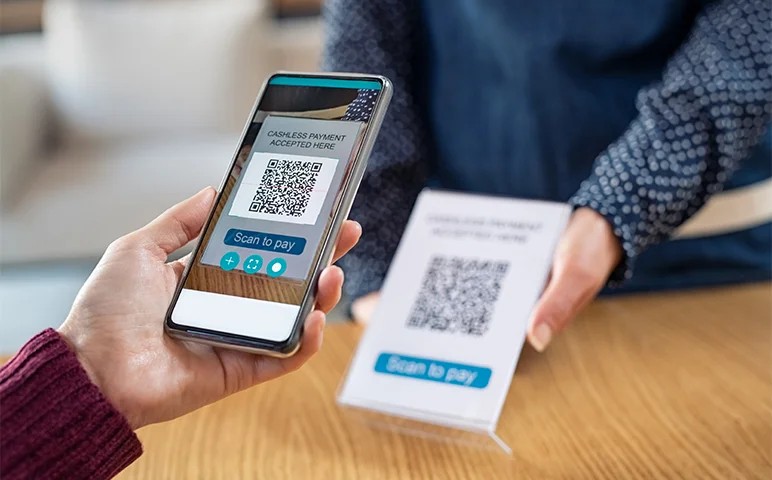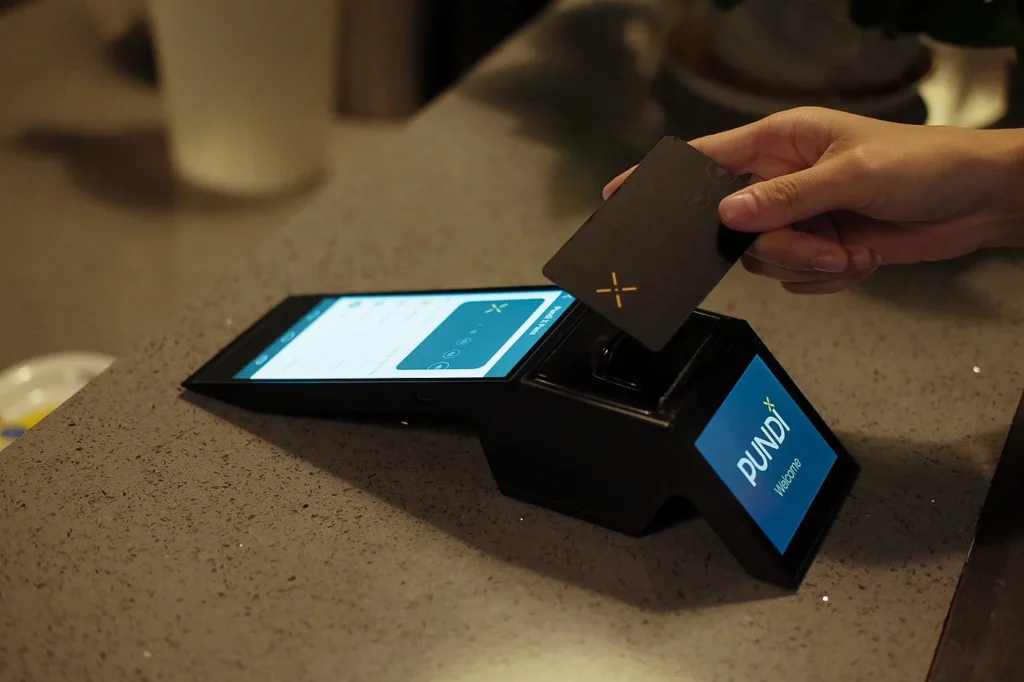How to Accept Crypto Payments in Thailand: A Business Owner’s Guide
November 9, 2024

So, you’re running a business in Thailand and you’ve been hearing the buzz—crypto’s picking up again. Tourists ask about it, maybe a fellow café owner in Chiang Mai mentioned they tried it. You’re wondering: Should I offer crypto payments too? And how the heck do I even start? Well, you’re not alone. In 2025, more Thai businesses are experimenting with crypto payments Thailand—some as a marketing move, others to genuinely meet demand. This isn’t just about hype anymore. It’s becoming practical. Let’s break down how it works.
Step 1: Understand What Crypto Payments Thailand Actually Mean
At its core, accepting crypto means letting customers pay with digital currencies like Bitcoin (BTC), Ethereum (ETH), or stablecoins like USDT. These payments don’t go through a bank—they’re sent directly to your digital wallet.
You can use:
- Wallet-to-wallet payments (low-tech but straightforward)
- Point-of-sale crypto apps that help with tracking and conversion
It’s not rocket science, but you do need to know how it works before jumping in.

Step 2: Crypto Payments Thailand —— Choose the Right Crypto Wallet
This is your “bank account” in the crypto world.
Some Thai business owners stick with mobile apps like Trust Wallet, MetaMask, or Binance Wallet. These are self-custodial, meaning you control your keys—and your funds. Others go with third-party providers like Bitkub or Satang that offer local support and may integrate directly with Thai baht for smoother operations.
Tip: If you’re new to this, start with a wallet that supports QR code payments—it’ll make the whole process faster at the counter.

Step 3: Decide Which Coins You’ll Accept
In Thailand, the most commonly accepted cryptocurrencies for payments are:
- USDT (Tether) – Stable and easy to use
- BTC (Bitcoin) – Still popular, but slower
- ETH (Ethereum) – Faster but has occasional fees
- USDC – Another stablecoin that’s growing
Stablecoins are often preferred by businesses—they’re pegged to the U.S. dollar, so you avoid wild swings in value.
Step 4: Set Up Your Payment Flow
Here’s the part where crypto becomes practical. You’ve got two main options:
- Manual system
- Display a QR code linked to your wallet address
- The customer sends the agreed amount (in baht value)
- You confirm receipt and note the transaction
- Crypto POS system
- Services like XPOS, NOWPayments, or Thai-based providers can automate exchange rates and provide transaction records
- These are useful if you do more volume or want reporting features


Credit from : Mindgate
Remember: Thai regulations require you to still list prices in Thai baht, not in crypto.
Step 5: Check the Legal Fine Print
Here’s where things get murky, but manageable.
The Thai SEC doesn’t ban crypto payments, but there are rules:
- You must document all transactions
- You still report earnings in Thai baht
- You may need to report crypto holdings if they’re substantial
Is it totally risk-free? Not quite. But it’s legal within a framework. If in doubt, check with a Thai tax advisor or legal consultant.
Step 6: Educate Your Team (and Customers)
If you’re accepting crypto, your staff should know how it works—at least the basics. What to do if the transaction fails? How to verify if it’s received? These questions come up.
Also, let your customers know you take crypto. Add signage near your cashier, include it on your menu or booking site. You’ll be surprised how many people notice.

Step 7: Evaluate After 30 Days
Start small. Run it for a month. Track how many customers actually use crypto. Was it worth it? Was it confusing? Did you feel secure handling the payments?
Some Thai businesses find that crypto customers spend more (especially expats and digital nomads). Others realize it’s not worth the hassle—at least not yet.
Either way, you’ll know from experience.
Why Crypto Payments in Thailand Are Gaining Quiet Momentum
No, it’s not a tidal wave. Not every tuk-tuk driver is accepting Bitcoin. But things are moving.
Especially in tourist-heavy zones like Phuket, Bangkok, and Chiang Mai, crypto payments are creeping in. Small businesses, boutique hotels, co-working cafés—they’re leading the charge while big chains watch from the sidelines.
It’s not hype. It’s not mainstream. It’s somewhere in between—and it’s growing.

Final Thoughts: Should You Jump In?
If your customers are international, tech-savvy, or crypto-holders, it might make sense to offer this option. You don’t have to go all-in. Just test the waters.
In the end, crypto payments in Thailand aren’t about replacing cash or cards. They’re about giving people more ways to pay—and giving your business a little edge.
And hey, if you’re the only place on your block that accepts USDT, that alone might get someone through your door.

